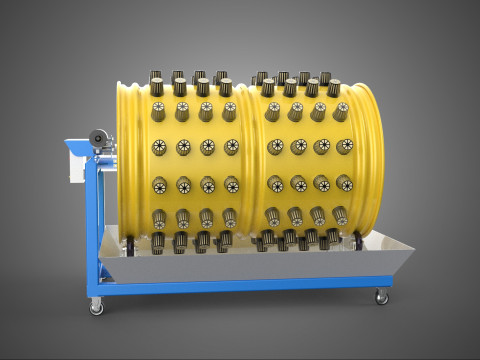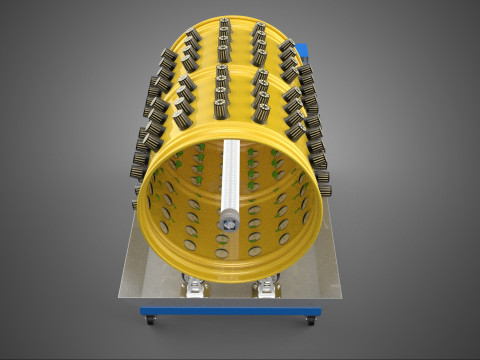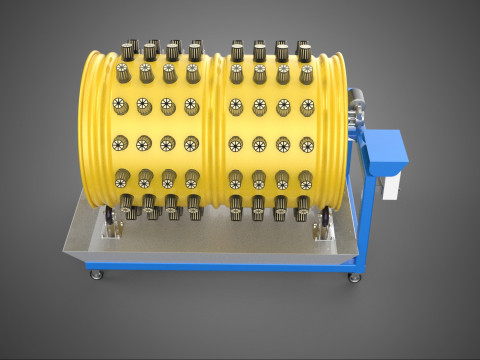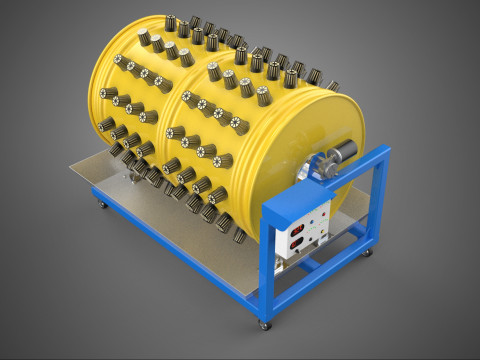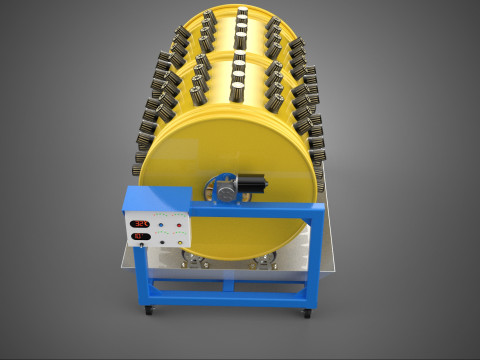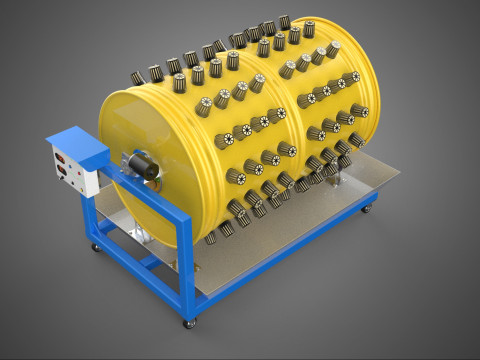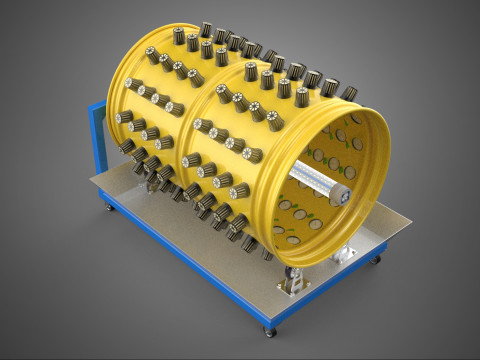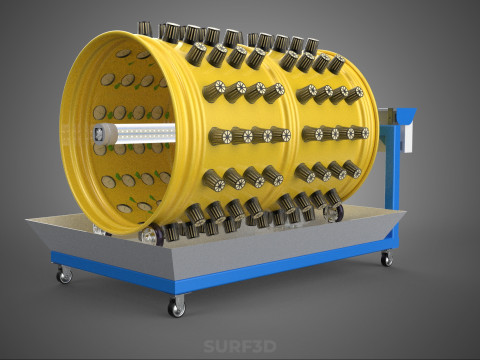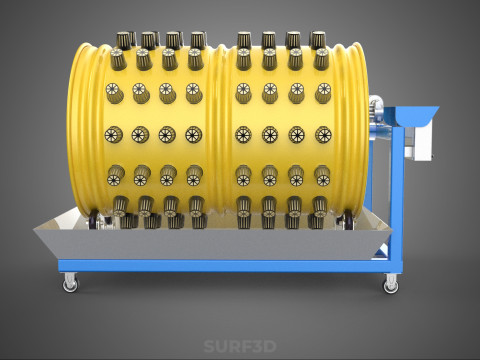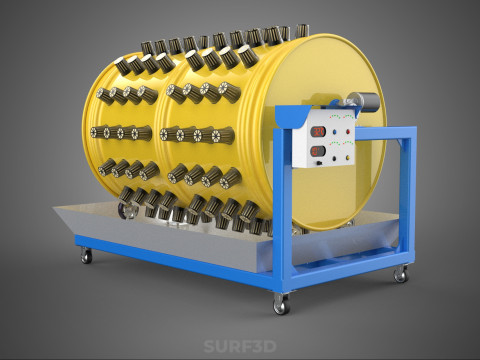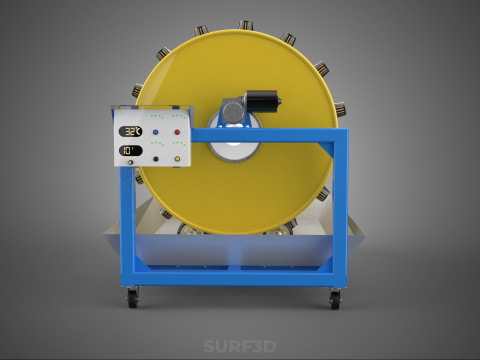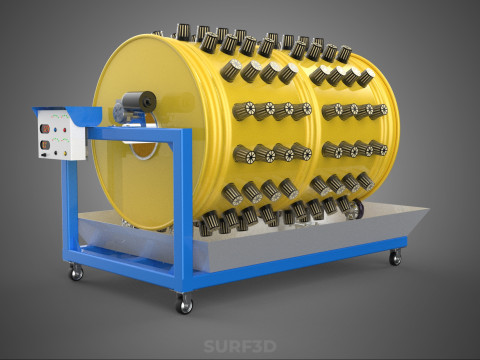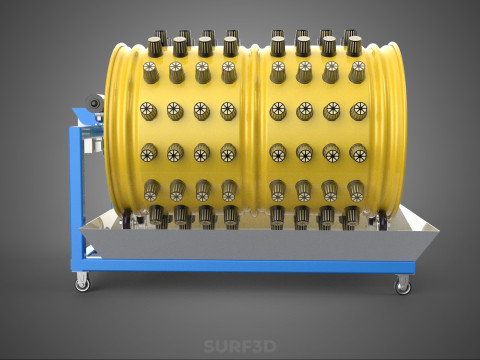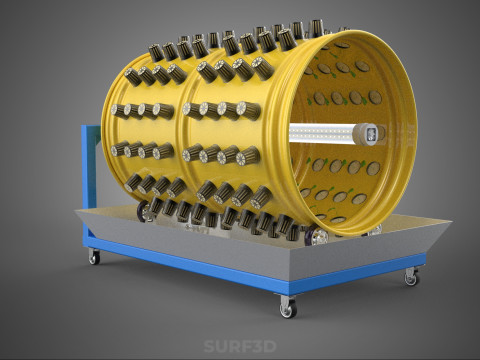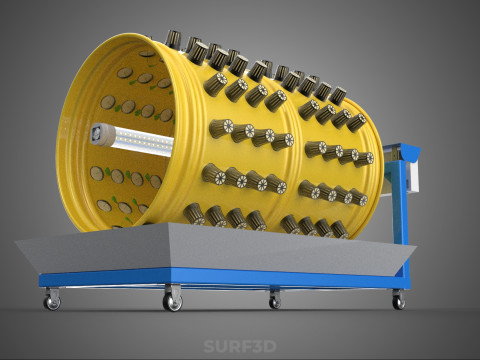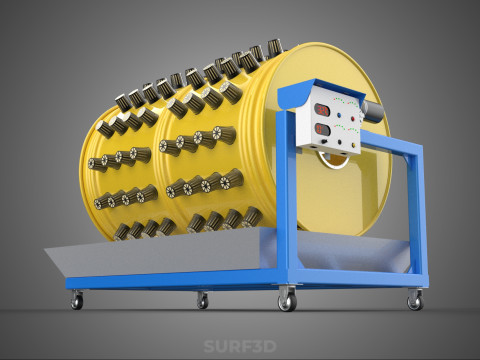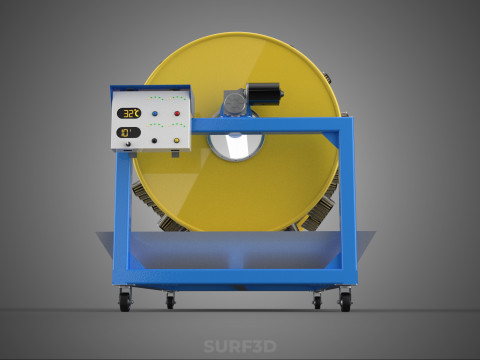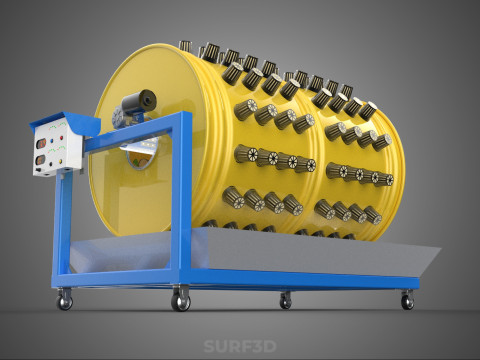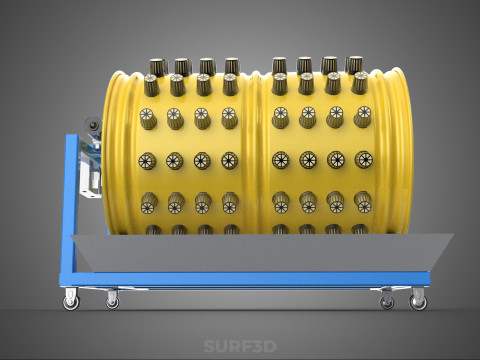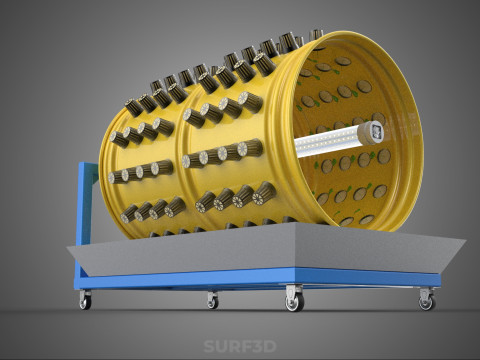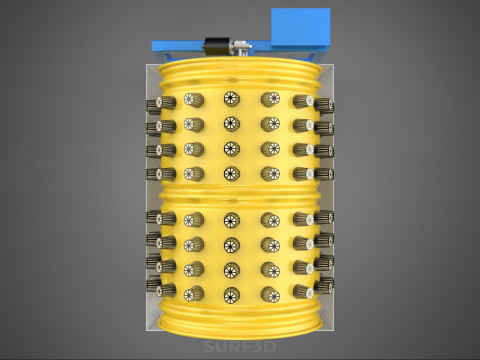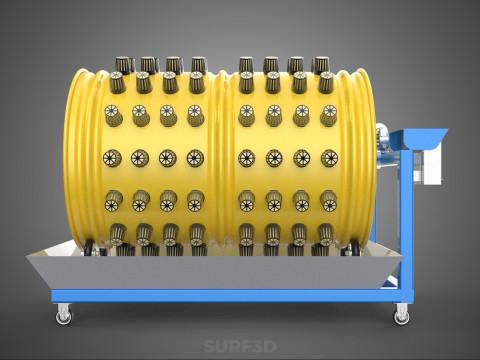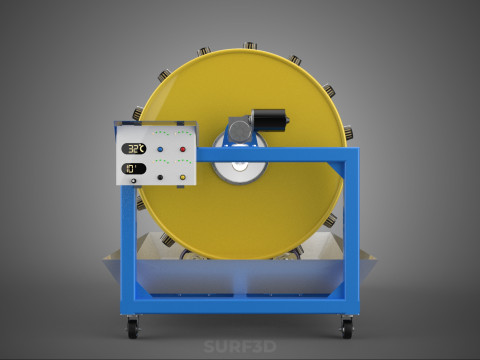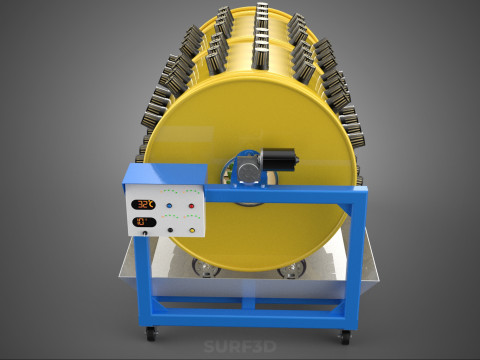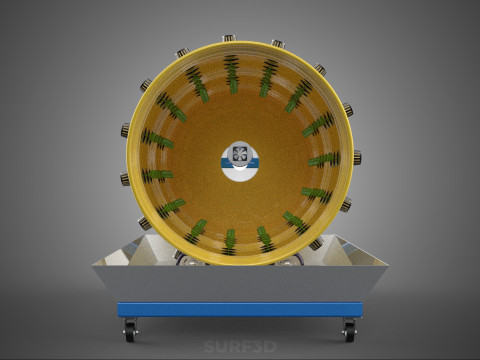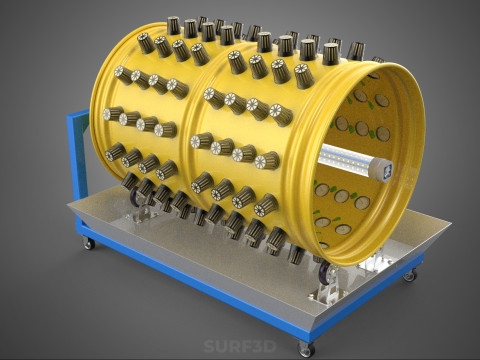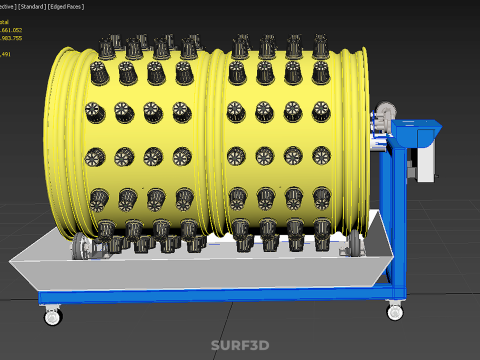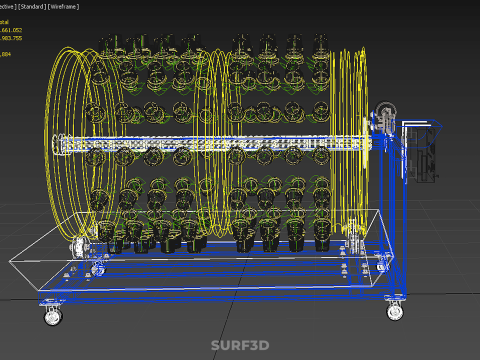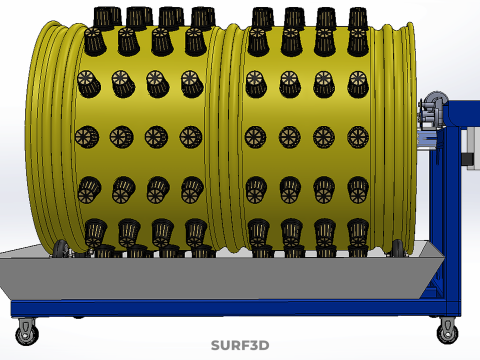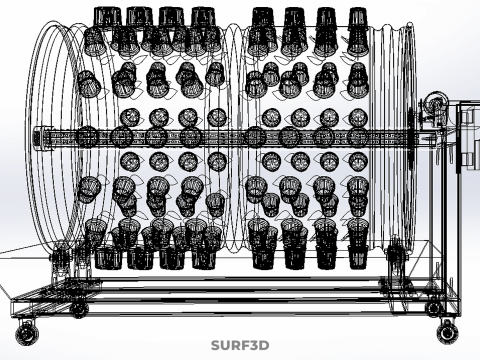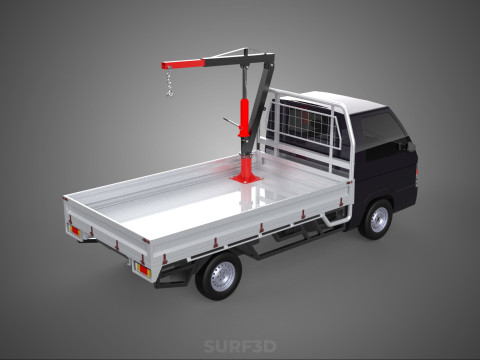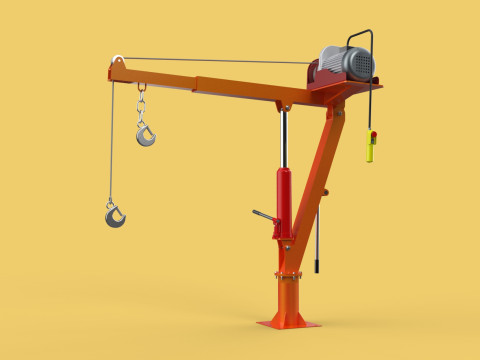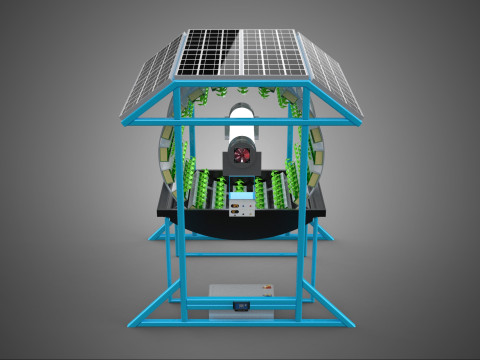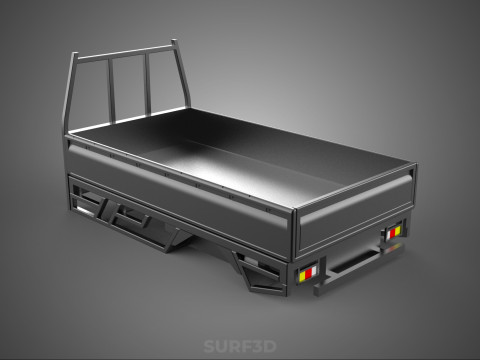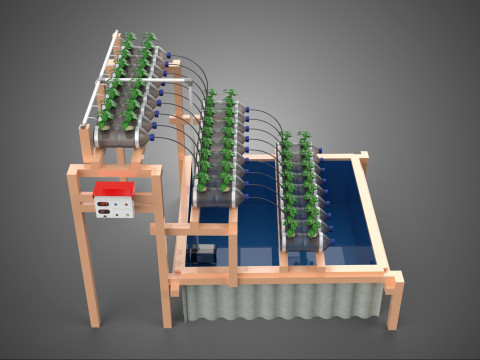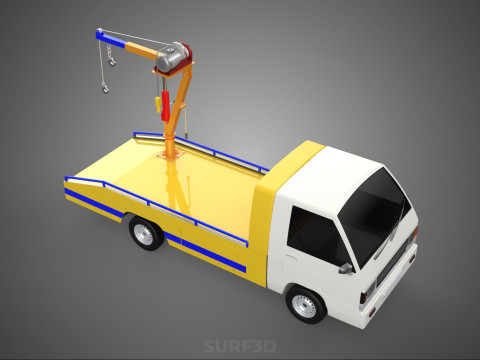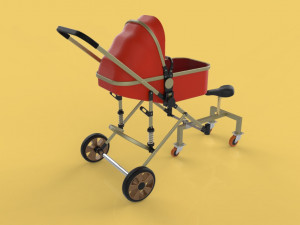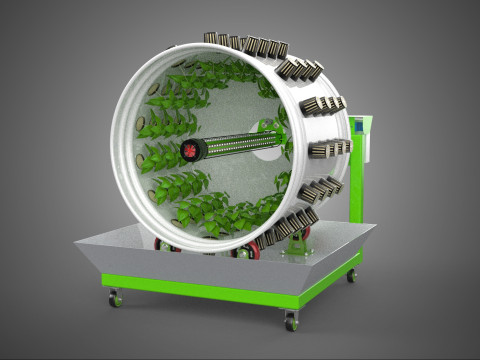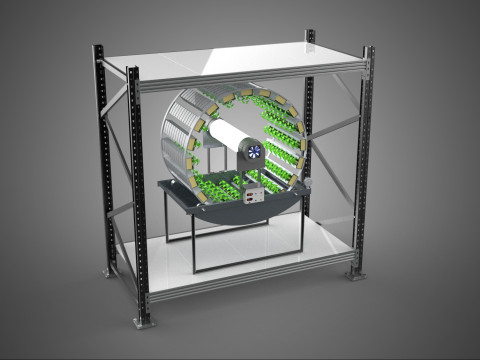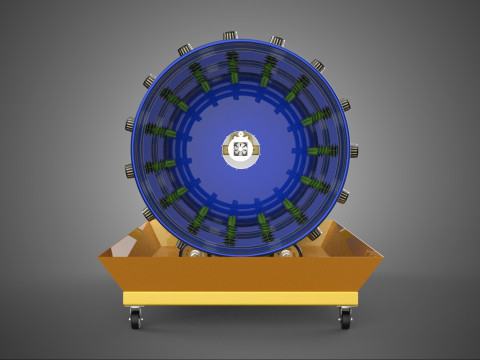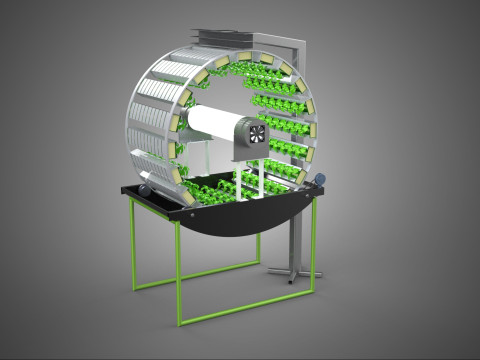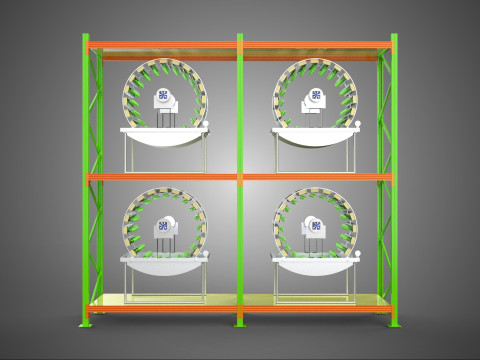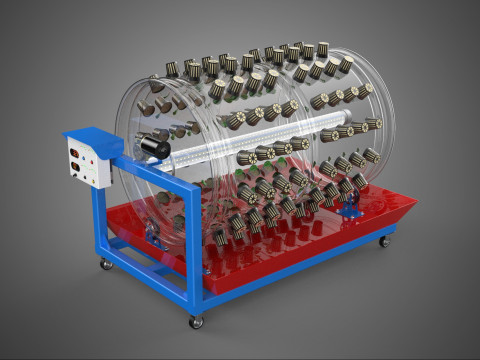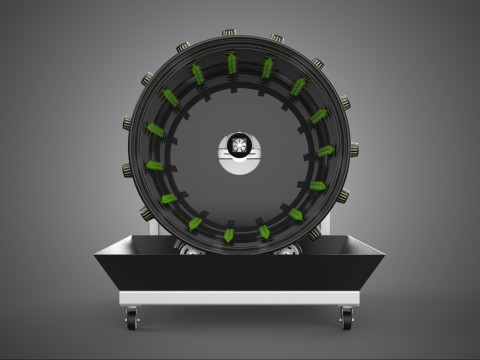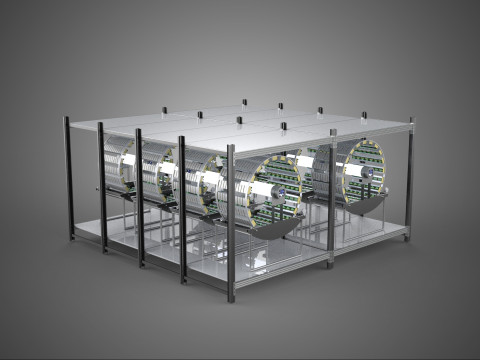SISTEM PERTANIAN TANAMAN HIDROPONIK ROTARY SPIN WHEEL Model 3D
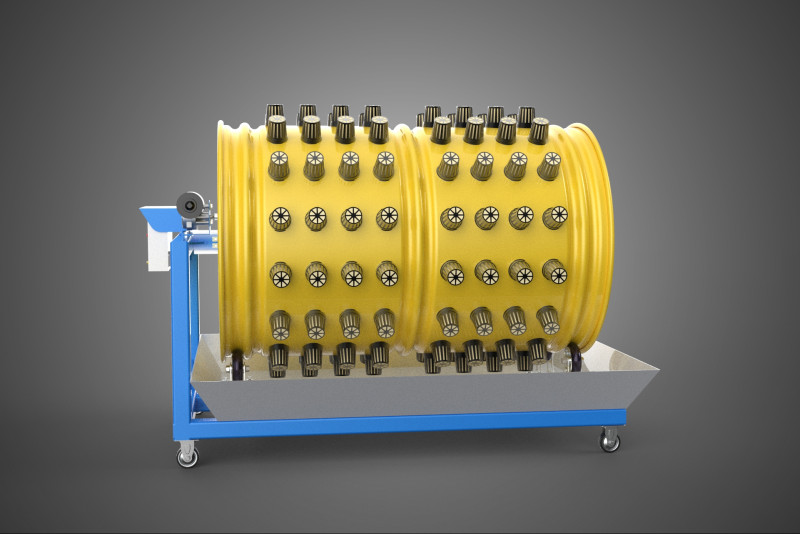
- Minta dukungan produk oleh penulis
- Format yang tersedia:
- ID Barang:603761
- Tanggal: 2025-10-06
- Poligon:3661052
- Sudut:2983755
- Animasi:No
- Bertekstur:No
- Dimanipulasi:No
- Material:
- Low-poly:No
- Koleksi:No
- Pemetaan UVW:No
- Plugin Digunakan:No
- Siap Cetak:No
- Pindai 3D:No
- Konten Dewasa:No
- PBR:No
- AI Pelatihan:No
- Geometri:Poly NURBS
- Unwrapped UVs:Unknown
- Tampilan:215
Deskripsi
High-quality 3D assets at affordable prices — trusted by designers, engineers, and creators worldwide. Made with care to be versatile, accessible, and ready for your pipeline.
Included File Formats
This model is provided in 14 widely supported formats, ensuring maximum compatibility:
• - FBX (.fbx) – Standard format for most 3D software and pipelines
• - OBJ + MTL (.obj, .mtl) – Wavefront format, widely used and compatible
• - STL (.stl) – Exported mesh geometry; may be suitable for 3D printing with adjustments
• - STEP (.step, .stp) – CAD format using NURBS surfaces
• - IGES (.iges, .igs) – Common format for CAD/CAM and engineering workflows (NURBS)
• - SAT (.sat) – ACIS solid model format (NURBS)
• - DAE (.dae) – Collada format for 3D applications and animations
• - glTF (.glb) – Modern, lightweight format for web, AR, and real-time engines
• - 3DS (.3ds) – Legacy format with broad software support
• - 3ds Max (.max) – Provided for 3ds Max users
• - Blender (.blend) – Provided for Blender users
• - SketchUp (.skp) – Compatible with all SketchUp versions
• - AutoCAD (.dwg) – Suitable for technical and architectural workflows
• - Rhino (.3dm) – Provided for Rhino users
Model Info
• - All files are checked and tested for integrity and correct content
• - Geometry uses real-world scale; model resolution varies depending on the product (high or low poly)
• • - Scene setup and mesh structure may vary depending on model complexity
• - Rendered using Luxion KeyShot
• - Affordable price with professional detailing
Buy with confidence. Quality and compatibility guaranteed.
If you have any questions about the file formats, feel free to send us a message — we're happy to assist you!
Sincerely,
SURF3D
Trusted source for professional and affordable 3D models.
More Information About 3D Model :
A Spin Wheel Circular Rotary Hydroponic Garden Plant Farm System represents an advanced horticultural technology that integrates hydroponics with a rotating mechanical structure to optimize plant cultivation within constrained spatial environments. This innovative system is engineered to maximize vertical growing area and efficiently utilize resources, offering a departure from traditional static farming methods.
**Operational Principles**
The core operational principle of this system involves a central axis around which multiple plant-holding modules are arranged on a circular frame, forming a wheel or carousel. This structure slowly and continuously rotates, typically driven by an electric motor. As the wheel turns, each plant module sequentially passes through various zones, ensuring uniform exposure to essential growth elements.
1. **Nutrient Delivery:** Plants are typically housed in inert growing media within individual net pots or trays. During rotation, these modules periodically dip into a shared reservoir containing a precisely formulated nutrient solution. This intermittent or continuous contact allows for consistent nutrient and water uptake by the plant roots, characteristic of hydroponic or aeroponic techniques.
2. **Light Exposure:** A primary light source, often composed of high-efficiency grow lights (e.g., LEDs, HPS), is strategically positioned—either centrally within the wheel or around its periphery. The continuous rotation ensures that all plants receive equitable and consistent illumination, mitigating issues of shadowing and phototropism common in static vertical farms and promoting homogeneous growth across the entire system.
3. **Environmental Control:** The enclosed nature of many rotary hydroponic systems facilitates precise control over environmental parameters such as air temperature, humidity, carbon dioxide levels, and air circulation. The movement itself can enhance airflow around individual plants, contributing to a healthier microclimate.
**Key Components**
The typical Spin Wheel Circular Rotary Hydroponic System comprises several integrated components:
* **Rotary Frame/Wheel Structure:** The main mechanical assembly, usually constructed from durable, corrosion-resistant materials, designed to support and rotate the plant modules.
* **Plant Holders/Modules:** Individual containers or trays, often made of plastic, designed to secure plants and their root systems, frequently utilizing inert growing media.
* **Nutrient Reservoir and Pumping System:** A tank for storing the nutrient-rich water, coupled with pumps and plumbing to circulate the solution to the plant roots, either through immersion, spray, or drip irrigation.
* **Lighting System:** Advanced grow lights configured to provide optimal photosynthetic photon flux density (PPFD) and spectral quality for plant growth, synchronized with the rotational pattern.
* **Motor and Drive Mechanism:** An electric motor and gearing system that controls the slow, continuous rotation of the wheel at a precise speed.
* **Environmental Monitoring and Control Systems:** Sensors (e.g., pH, EC, temperature, humidity) and automated controllers to maintain optimal growing conditions and manage the nutrient solution parameters.
**Advantages**
These systems offer several significant benefits over conventional agriculture:
* **Space Efficiency:** Maximizes crop density by exploiting vertical space and rotational dynamics, making it highly suitable for urban farming, indoor agriculture, and environments with limited land availability.
* **Resource Conservation:** Achieves substantial reductions in water usage (often up to 90% less than soil-based farming) through nutrient solution recirculation. Nutrient use is also optimized.
* **Accelerated Growth and Yields:** Controlled environmental conditions, consistent nutrient delivery, and uniform light exposure often lead to faster plant growth cycles, higher yields, and improved crop quality.
* **Pest and Disease Control:** The controlled indoor environment significantly reduces exposure to outdoor pests, diseases, and contaminants, minimizing the need for chemical pesticides and herbicides.
* **Automation and Precision:** Facilitates precise monitoring and automated adjustment of critical growth parameters, reducing manual labor and enhancing consistency of production.
* **Uniform Plant Development:** Ensures all plants within the system receive equivalent access to light, nutrients, and air, fostering homogenous growth and simplifying harvesting.
**Challenges and Considerations**
Despite their advantages, rotary hydroponic systems present certain challenges:
* **Initial Investment and Complexity:** The specialized mechanical, electrical, and plumbing components lead to higher upfront costs compared to simpler hydroponic setups. Installation and maintenance require technical expertise.
* **Energy Consumption:** Operating the powerful grow lights, pumps, and motors contributes to significant ongoing energy costs, which must be managed for economic viability.
* **Mechanical Reliability:** The presence of moving parts necessitates regular inspection and maintenance to ensure continuous operation and prevent mechanical failures.
* **Plant Suitability:** While effective for many leafy greens, herbs, and smaller fruiting plants, certain crop types may not be optimally suited for the rotational environment or the specific hydroponic technique employed.
* **Nutrient Management:** Maintaining precise balance of pH and electrical conductivity (EC) in a shared, recirculating nutrient reservoir is critical and requires careful monitoring to prevent nutrient deficiencies or toxicities.
**Applications**
Spin Wheel Circular Rotary Hydroponic Systems are applied in diverse contexts:
* **Commercial Indoor Farms:** For high-volume production of specialty crops in controlled environments.
* **Urban Agriculture:** Providing fresh produce in densely populated areas, reducing food miles.
Perlu lebih banyak format?
Jika Anda membutuhkan format yang berbeda, silakan buka Tiket Dukungan baru dan minta itu. Kita dapat mengonversi model 3D menjadi: .stl, .c4d, .obj, .fbx, .ma/.mb, .3ds, .3dm, .dxf/.dwg, .max. .blend, .skp, .glb. Konversi Format GratisKami tidak mengonversi adegan 3d dan format seperti .step, .iges, .stp, .sldprt.!
Informasi Penggunaan
SISTEM PERTANIAN TANAMAN HIDROPONIK ROTARY SPIN WHEEL - Anda dapat menggunakan model 3D bebas royalti ini untuk keperluan pribadi dan komersial sesuai dengan Lisensi Dasar atau Diperpanjang.Lisensi Dasar mencakup sebagian besar kasus penggunaan standar, termasuk iklan digital, proyek desain dan visualisasi, akun media sosial bisnis, aplikasi asli, aplikasi web, permainan video, dan produk akhir fisik atau digital (baik gratis maupun berbayar).
Lisensi Diperpanjang mencakup semua hak yang diberikan berdasarkan Lisensi Dasar, tanpa batasan penggunaan, dan memungkinkan model 3D untuk digunakan dalam proyek komersial tanpa batas dengan ketentuan Bebas Royalti.
Baca lebih lanjut
Apakah Anda memberikan Jaminan Uang Kembali?
Ya, kami melakukannya. Jika Anda membeli sebuah produk dan menemukan beberapa kesalahan dalam pembuatan atau deskripsi, kami akan mencoba memperbaiki masalah secepat mungkin. Jika kami tidak dapat memperbaikinya, kami akan membatalkan pesanan Anda dan Anda akan mendapatkan uang Anda kembali dalam waktu 24 jam sejak mengunduh item. Baca lebih lanjut ketentuan di siniKeywords
- tabung
- sumbu
- tanaman
- gizi
- drum
- air
- berputar
- yg tak dinodai
- radial
- metal drum
- peternakan donat
- lingkaran
- silinder
- drum baja
- berputar
- hortikultura
- drum minyak
- hidrokultur
- hidroponik
- aeroponik


 English
English Español
Español Deutsch
Deutsch 日本語
日本語 Polska
Polska Français
Français 中國
中國 한국의
한국의 Українська
Українська Italiano
Italiano Nederlands
Nederlands Türkçe
Türkçe Português
Português Bahasa Indonesia
Bahasa Indonesia Русский
Русский हिंदी
हिंदी